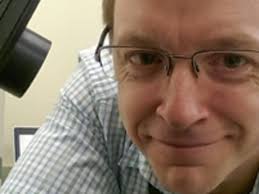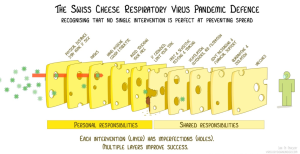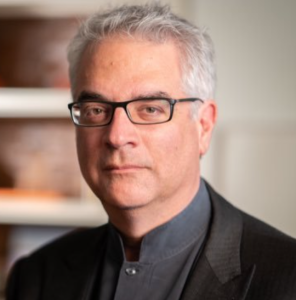‘The Swiss Cheese Model For Combating Covid-19 Multiple Layers of Pandemic Defense.’ appeared in the print edition of the Wall Street Journal November 14, 2020, Written by Nicholas A. Christakis, MD, PhD, MPH, a social scientist and physician at Yale University who conducts research in the fields of network science, biosocial science, and behavior genetics. Dr. Christakis is the author of “Apollo’s Arrow: The Profound and Enduring Impact of Coronavirus on the Way We Live”
The Swiss Cheese Model to dealing with the Coronavirus
Recent author of a book The Arrow about living with Pandemics. We summarized his article below. HIs key points:
- A vaccine, on its own, won’t be enough to rapidly extinguish a pandemic as pernicious as Covid-19.
- Viruses continue to circulate among us for a long time.
- Even if all goes well with the COVID Vaccine it will be at least another year,
- S. will have to rely on a multipronged approach, not just simplistic bromides and all-or-nothing responses.

Virologist Dr. Ian Mackay has visualized the Swiss cheese Covid-19 defense in a wonderful way (pictured below). Mackay suggests that it helps to think in terms of a multiple layers of defense, with each providing a barrier that isn’t fully impervious, like slices of Swiss cheese in a stack. Each layer of cheese represents an intervention — like mask wearing, limiting your time indoors w/ crowds, proper ventilation, quarantine, vaccines — and the holes are imperfections. Applied together, these imperfect measures work like a filter and vastly improve chances of success.

\This graphic from creative commons shows “slices of cheese” in this illustration: Stay home if sick, Masks, Hand Hygiene/Cough Etiquette, avoid touching face, If crowded limit your time, Fast & Sensitive testing & tracing, Ventilation outdoors air filtration, Govt messaging and financial support, Quarantine, Vaccines.
The “Swiss cheese model” is a classic way to conceptualize dealing with a hazard that involves a mixture of human, technological and natural elements. The British psychologist James Reason introduced the model more than three decades ago to discuss failures in complex systems such as nuclear power, commercial aviation and medical care. As Prof. Reason argued, “In an ideal world each defensive layer would be intact. In reality, however, they are more like slices of Swiss cheese, having many holes…. The presence of holes in any one ‘slice’ does not normally cause a bad outcome. Usually, this can happen only when the holes in many layers…line up…bringing hazards into damaging contact with victims.”

Collective interventions are also needed to stem the spread of a deadly infectious disease. Such actions are usually coordinated by governments. They involve and affect everyone, and won’t be to everyone’s liking.
Closing borders, restricting movements, shutting schools, banning gatherings, closing businesses, instituting testing and contact tracing, quarantines and issuing “stay at home” orders are examples.
Each layer of defense can reduce the impact of the virus. We know that, after stacking two slices of “Swiss cheese,” it might still be possible to look through the two pieces through a hole that happens to line up across the two slices. But after stacking, say, four slices, the random holes are much less likely to align.
No single intervention is enough. Even after a vaccine is widely available, other interventions will still be needed, at least for a while for COVID-19. Then of course we may have COVID 22, 24, 13. Pandemics are here to stay.
The Swiss cheese model is a path forward for sensible, science-based policies at the local and national level.
The More Cheese the Better.
Christakis argues that deploying enough layers of Swiss cheese. In any setting, several interventions better than one No matter the specific combination, with enough slices of cheese the epidemic can be controlled. But people have to buy in.
Why did the White House Covid-19 response fail? The problem is that it relied almost exclusively on a single prevention strategy: testing.
Swiss cheese model highlights how we might avoid relying on disruptive Covid-fighting measures, such as stay-at-home orders and school closures. We believe that those measure are only needed if we are incompetent.
He central message is that the country needs a fresh start in how we discuss and solve this crisis. We need to think more nimbly and more adaptively, in part to prepare the way for a vaccine, which itself will not be a panacea.
He concludes that in any epidemic, a basic task of leaders is to help people understand what is happening. This requires honest communication about the rationales for, and limitations of, recommended policies. There are always uncertainties and trade-offs, and the public needs to know about them.
Dr. Christakis, a physician and sociologist is the author of “Apollo’s Arrow: The Profound and Enduring Impact of Coronavirus on the Way We Live,” is a Professor of Social and Natural Science at Yale.
